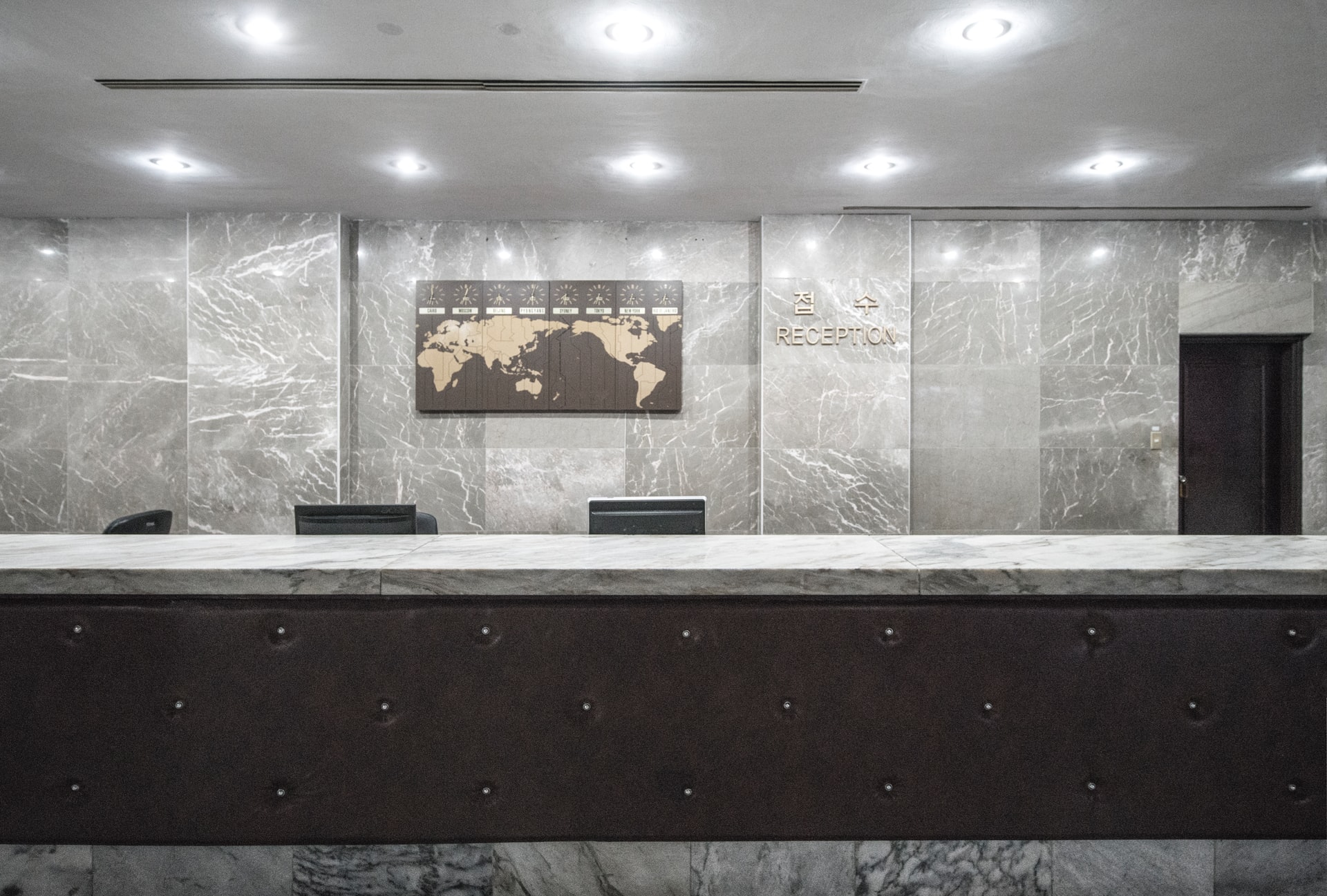What is the Best In Outsourcing: Phone Call or Chat Support?

Due to the continuous advancement of the Internet and modern technology, people’s everyday lives have become fast, straightforward, and comfortable compared to those who lived decades ago. Outsourcing for customer service is one of the cost-effective outcomes of this development. Aside from phone call support, business owners were overwhelmed by different means to stay connected with their customers. These platforms were like mushrooms that emerged and became available to customers.
A phone call is the oldest and the classic form of customer support in the world. It became the bridge between brands and customers since time immemorial. But the development of phone call customer support began from the 1960s up to the 1980s when new technology evolved, and call centers were adopted into the conventional way by big companies.
Outsourcing customer service began in 2000. It became a booming industry after many companies discovered how effective it is to achieve higher sales, customer retention, and acquisition. In addition to that, outsourcing turns more exciting when it offers labor and operation costs reduction.
When the advancement of modern technology rapidly spreads throughout the entire world, several means of communication become available and improve the service of brands to their customers. These are live chat, email support, and social media platforms. Outsourcing customer service is now readily accessible to all businesses, even to startups. E-commerce companies have numerous ways of communication that they can provide to their customers. And customers can choose what kind of methods they prefer to extend their queries and complaints to the brand.
As a business owner, what would you prefer to boost your outsourced customer service? A phone call or live chat?
Below are the brief explanations between phone call customer support and live chat support and decide which is the best for your customer service needs:
Phone Call Customer Support. With a 48% rate, phone calls remain the frequently used means of communication by many customers to reach the brand and are preferred by 80%. One of the main reasons is phone call support offers real-time and personalized communication. It gives the customers a feeling of satisfaction and comfort because problems can be resolved immediately by speaking with the customer support representatives. The second reason is, phone calls build a clear understanding and relationship between customers and support agents. Compared to writing formats, such as live chat and emails, audible messages can easily be understood without misinterpretation.
However, there is a disadvantage in phone call customer support. It can be costly, especially when your phone call usage is longer than usual. And not all people have access to a landline (only smartphones), especially in the Philippines.
Live Chat Support. It is the counterpart of phone calls because customers can talk to the customer agent in real-time. The only communication here is through writing. However, there are only a few minutes of delay. One of the advantages of chat support is, many millennial customers are more familiar with chatting. It is why many of them opt to use this platform. Furthermore, live chat support is more appropriate when customers inquire about simple questions regarding the products. However, there is a drawback in chat support as some live chat functions don’t work properly on mobile platforms. It could be a problem because the number of people using smartphones rather than desktop or laptop is increasing.
As business owners, which do you think is more suitable to use when you outsource your customer service? Phone calls and live chat can be helpful in your company’s success. And probably, it is better to use both.



